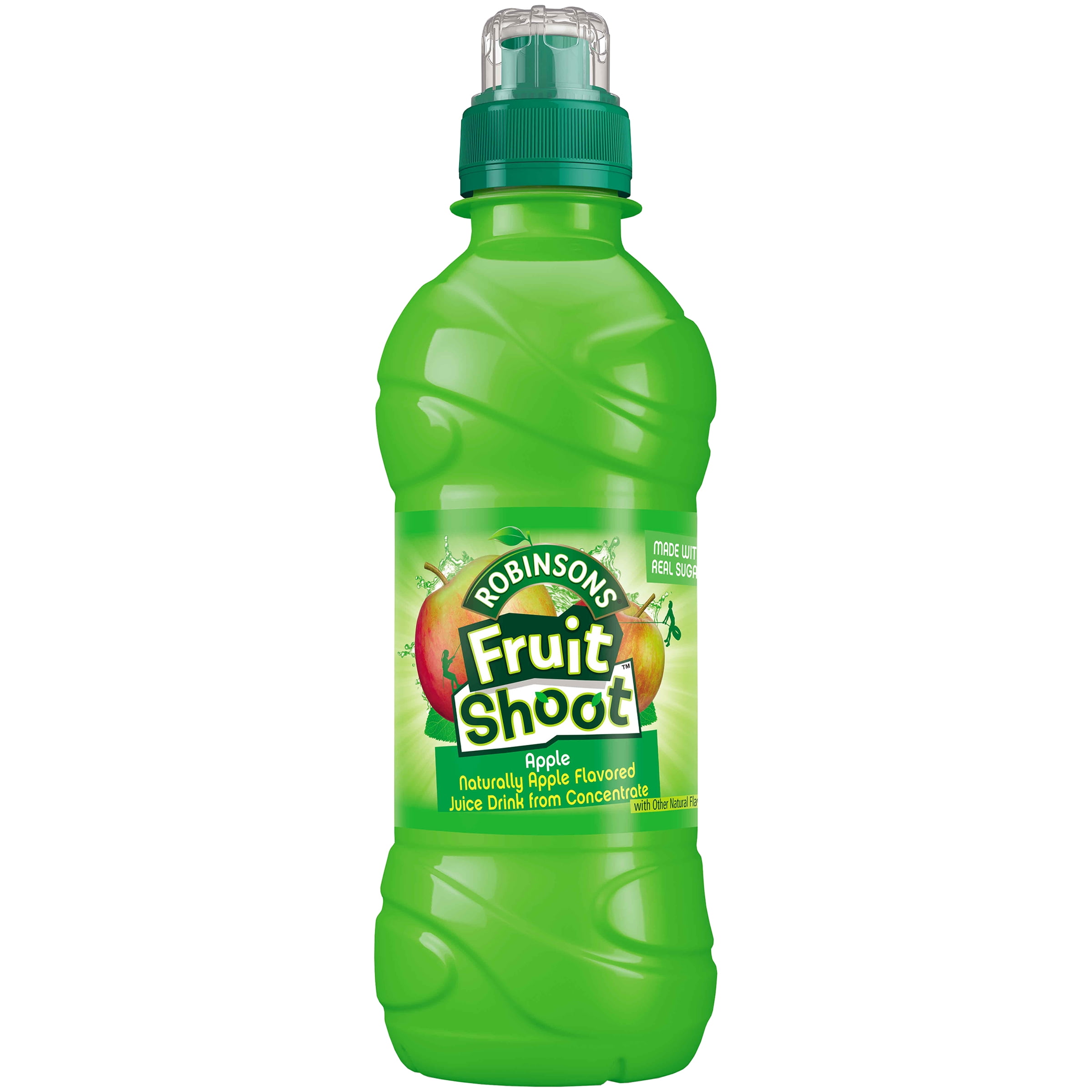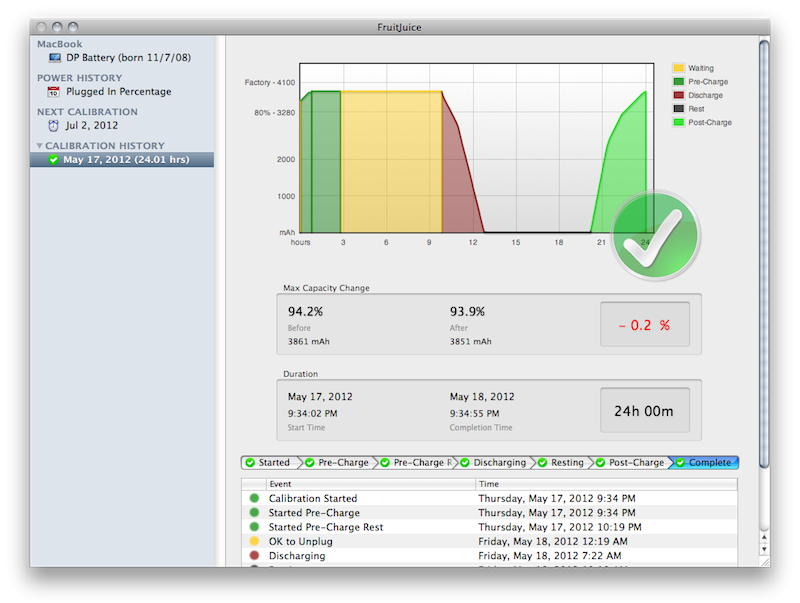

The second method requires the fruits to be cut in half before being subjected to reamers, which extract the juice.Īfter the juice is filtered, it may be concentrated in evaporators, which reduce the size of juice by a factor of 5, making it easier to transport and increasing its expiration date.

The peels can then be used further, and are washed to remove oils, which are reclaimed later for usage. The juice of the fruit, then escapes through small holes in the tube. In the first method, two metal cups with sharp metal tubes on the bottom cup come together, removing the peel and forcing the flesh of the fruit through the metal tube. Straining, filtration and clarificationĪfter the fruits are picked and washed, the juice is extracted by one of two automated methods.Common methods for preservation and processing of fruit juices include canning, pasteurization, concentrating, freezing, evaporation and spray drying.Īlthough processing methods vary between juices, the general processing method of juices includes: Additives are put in some juices, such as sugar and artificial flavours (in some fruit juice-based beverages) or savoury seasonings (e.g., in Clamato or Caesar tomato juice drinks). Many commercial juices are filtered to remove fiber or pulp, but high-pulp fresh orange juice is a popular beverage. Juice may be prepared in the home from fresh fruit and vegetables using a variety of hand or electric juicers. For example, orange juice is the liquid extract of the fruit of the orange tree, and tomato juice is the liquid that results from pressing the fruit of the tomato plant. Juice is prepared by mechanically squeezing or macerating (sometimes referred to as cold pressing ) fruit or vegetable flesh without the application of heat or solvents. Pomegranates getting washed prior to processing in an Afghanistan fruit concentrate factory.


 0 kommentar(er)
0 kommentar(er)
